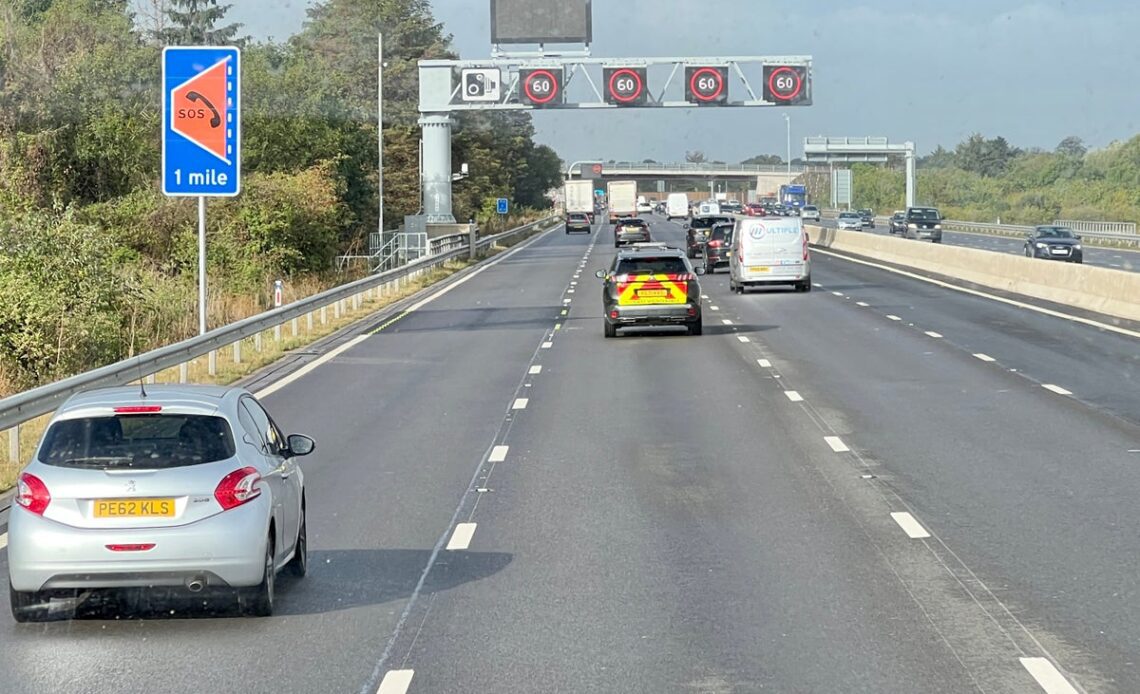Ever since smart motorways were introduced in the UK in 2006, they have proved highly controversial. The concept was brought in to create much-needed capacity on key parts of a congested road network.
But the removal of the normal hard shoulder – the lane on the nearside of most motorways that is normally restricted to emergency use – has been blamed for causing the deaths of motorists who run into difficulties.
Rishi Sunak’s government now says plans for new smart motorways will be cancelled “in recognition of the current lack of public confidence felt by drivers and cost pressures”.
Eleven schemes that are currently “paused” – as well as future smart motorways earmarked for construction between 2025 and 2030 – will now not go ahead.
The previous prime minister, Liz Truss, had vowed to scrap all smart motorways. This will not happen; existing smart motorways will continue to operate, with safety improvements.
But what will the decision mean for motorists – and road safety?
Who introduced smart motorways?
Smart motorways were introduced in 2006 under the Blair government, with the first opened on the M42 in the Midlands.
The Labour peer Lord Jordan – who is life president of the accident prevention charity, RoSPA – told Parliament in a debate in 2020: ” When the first smart motorway experiment opened on the M42 in 2006, it showed great potential for improving the situation caused by the growing congestion on Britain’s motorways.
“Using technology, new techniques were developed to better manage the increasing volumes of traffic. Warning systems eased and even averted traffic jams, alerted motorists to congestion points and proved invaluable in emergency situations.”
After the trial, millions of pounds was put into expanding the scheme onto roads such as the M1, M4, M5, M6, M60 and M62.
What is a smart motorway?
A stretch of especially busy motorway where traffic management methods are used to increase capacity and reduce congestion.
There are three types:
- Variable speed limits – motorways where the default is the national speed limit of 70mph but can be reduced with specific lower limits on overhead signs. The aim is to ease congestion and increase safety by moderating speed.
- Dynamic hard shoulder running – at busy times the hard shoulder opens to traffic, adding extra capacity. Overhead signs indicate…
Click Here to Read the Full Original Article at The Independent Travel…
